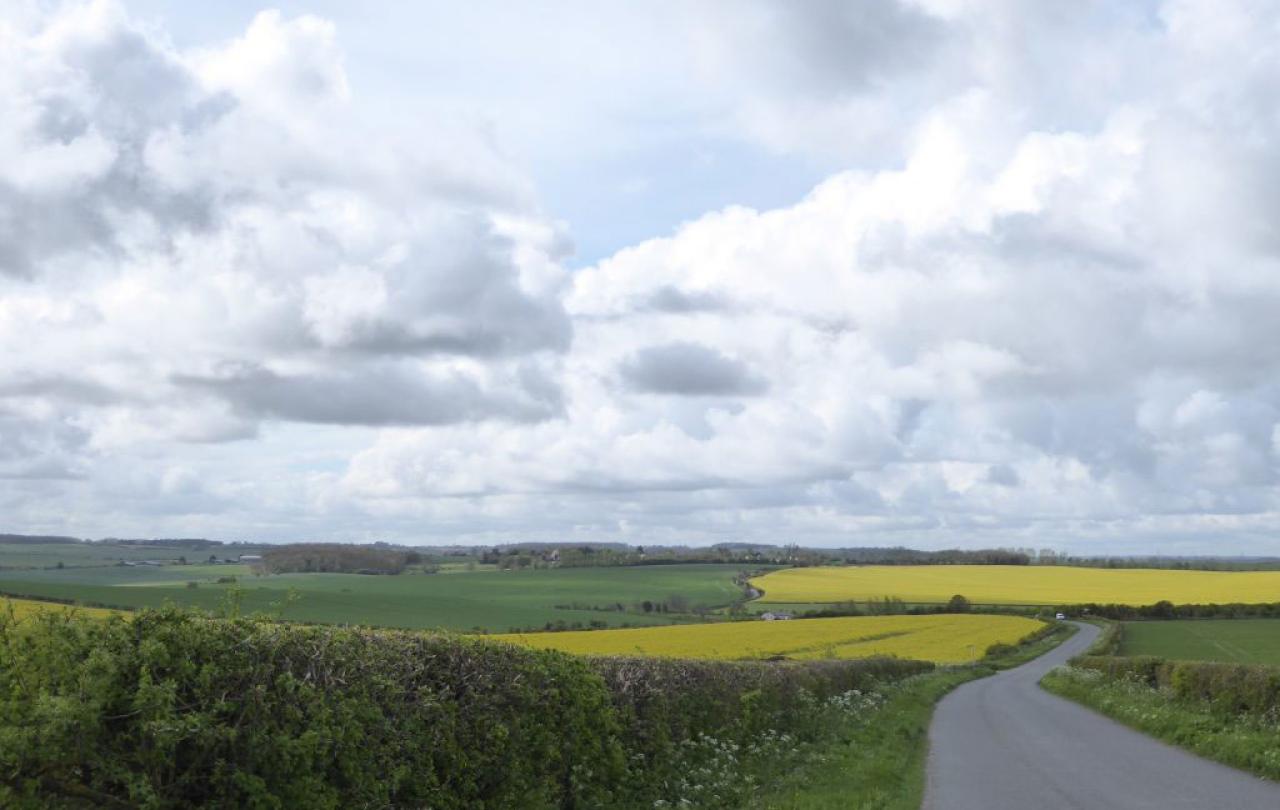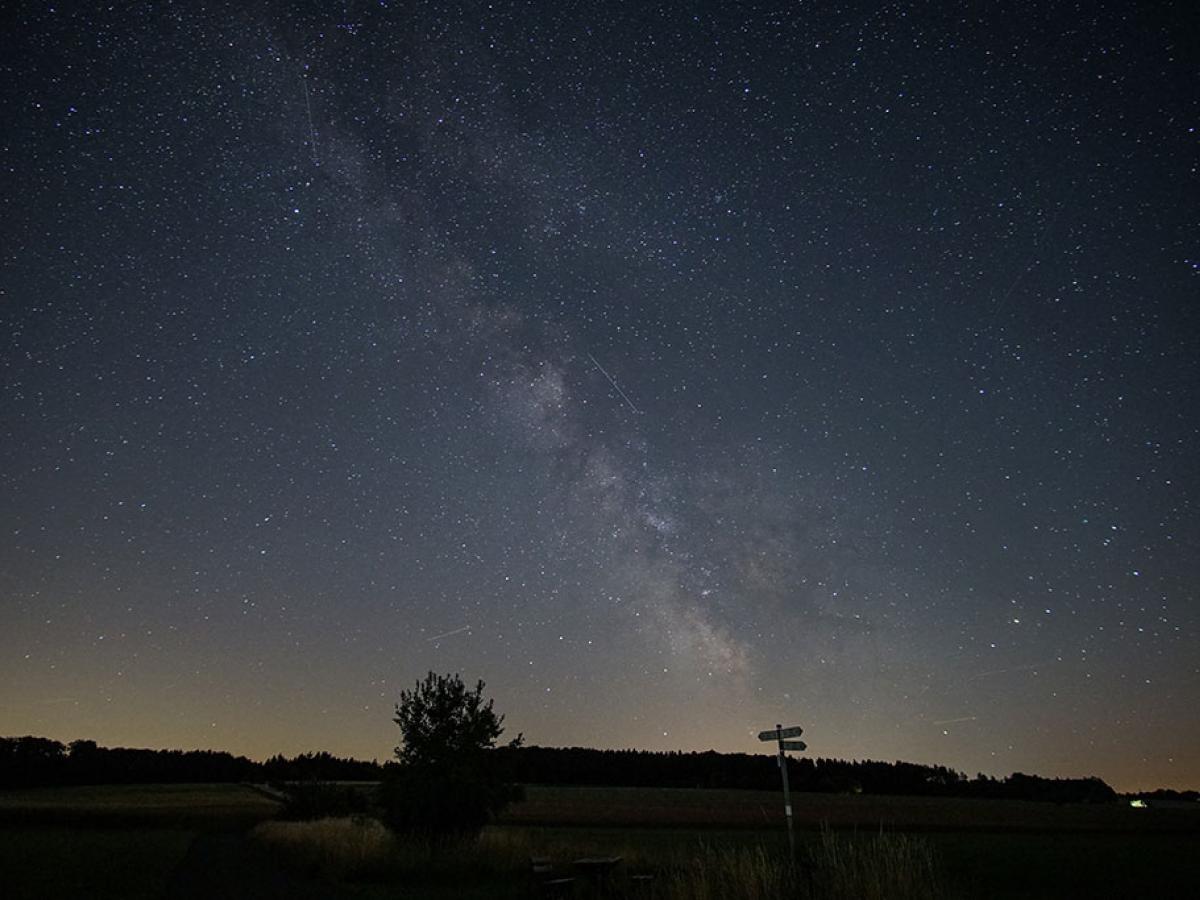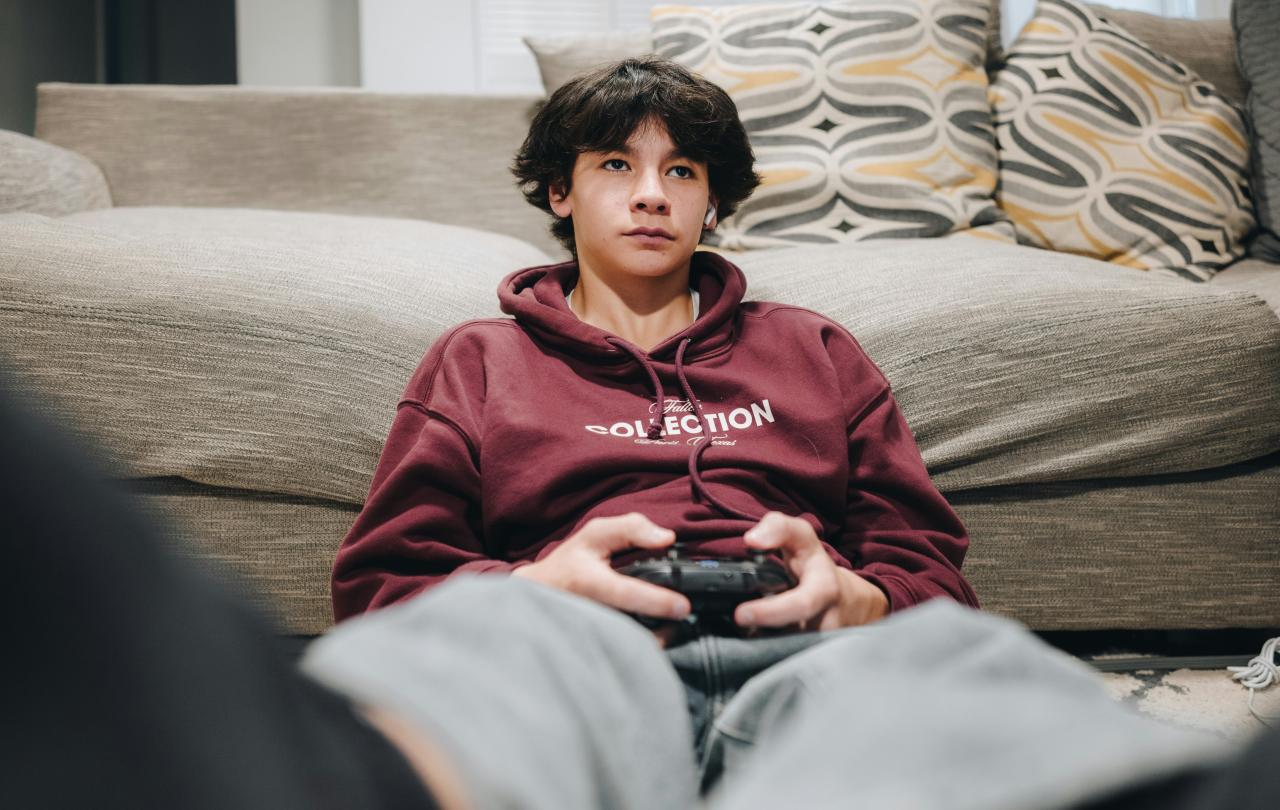
On the recent anniversary of Chaucer’s pilgrims setting off to Canterbury, the British Pilgrimage Trust held a symposium on apocalyptic pilgrimage and spiritual tourism, in a London church – St James Clerkenwell. Nick Jones, the Editor of Seen & Unseen knows of my predilection for a spiritual aspect to travel, and recommended I go along. The only problem with his recommendation was that I live in West Yorkshire, and London seemed like an expensive journey for an evening sat quietly on church pews.
My nearest church is St James in Slaithwaite, and as St James is the patron saint of pilgrimages, it seemed obvious to turn the journey into a pilgrimage. The shortest walking distance is 185 miles and would take me a month to walk. Kosuke Koyama wrote that the speed of love is three miles an hour, the speed God walks. However, God has an eternity to travel, and I had to be back to lead Holy Communion the following Sunday. Cycling (the cheapest, easiest, and finest form of travel) would take me two days, if I took it easy and stayed in a hotel halfway.
I love the isolation of these high places, the wilderness-ness; it is a place for crying out, and place where only God is listening.
Not every journey is a pilgrimage. Sometimes people are just travelling. What would make this a pilgrimage rather than simply a long bicycle ride? I believe it is the intention of the heart that makes the difference - what are pilgrims hoping to achieve? Travel tends to broaden the mind, but a pilgrimage is something that might nourish a soul. There is no suggestion that every pilgrimage is religious, but when people undertake pilgrimages they are making a statement that they’re looking for something beyond themselves. For those who are religious, they’ve made space to meet God in the full knowledge that they may be disappointed. Dr Paula Gooder wrote that Christian faith sometimes focusses rather heavily on the state of a person’s soul, neglecting the state of their body. I hoped to enjoy some beautiful cycling, to re-engage with physical-prayer, and to worship God with my heart, soul, mind and strength in a whole body way. Racing cyclist Jens Voigt famously said, “Shut up legs” when the lactic acid began to burn, but what if my legs are speaking a non-verbal language understood by their creator God? Then let them shout: let the hydrolysis of adenosine triphosphate be my body praying ceaselessly, without words.
The beginning of my pilgrimage took me south and east along the edge of the Peak District. In my planning I had relied on cycling heat-maps to find the roads cyclists preferred. As I climbed a steep hill, I remembered that cyclists are a stupid bunch who often go out and find the hardest roads to cycle. I paused for breath at the top of the climb from High Bradfield; where the Agden, Dale Dike, and Strines reservoirs were stacked up into the distance, and the call of peewits pierced through the noise of the wind. I love the isolation of these high places, the wilderness-ness; it is a place for crying out, and place where only God is listening.
Bolsover castle was the last serious climb of the day, and from this point on the landscape became a lot gentler. Along the ridge after Bolsover, skirting around the west of Mansfield, I noticed the call of Skylarks, and that the fields had changed from drystone walled moorland to green and yellow crops, surrounded by hedgerows. Houses now had thatched roofs rather than the slate tiles of West Yorkshire. I also began to notice churches: Cottage-core villages with pretty gardens and pubs-on-the-green, their church buildings that seem well-kept, giving rural communities a sense of identity. It was around 7pm when I reached a Peterborough hotel.
Pilgrimages are often built around the destination, but I’ve found a real joy in the interim moment; the time between setting off and arriving.
Getting up in the morning after a long day of physical exercise is not easy. Although this day would bring an end to my mini-pilgrimage, I was looking forward to the symposium and meeting other pilgrims. Evensong at St Paul’s Cathedral was to begin at 5pm, and needed an early start to make sure I would arrive in time.
I passed a roadside marker with the distances to Huntingdon and London painted black on a white stone. The Milestone Society’ seeks to preserve these way markers which have a history stretching back to Roman times. I felt a sense of historical connection to those who would have travelled before me.
There was next to no traffic and I was alone with my thoughts and the songs I sing to myself when I’m happy. One of the lovely things about cycling is the activity itself: we’re doing the thing we want to do, and when we’ve finished we will no longer be doing the thing we want to do. Pilgrimages are often built around the destination, but I’ve found a real joy in the interim moment; the time between setting off and arriving.
I’m glad I didn’t just catch a train to London. I felt that I’d remembered the diversity of English countryside, the freedom of long-distance cycling, and made connections with like-minded pilgrims.
The traffic was increasing as I closed in on London, and I noticed another change in the housing. Here in the home counties the houses were getting a lot larger, further back from the road, and protected by gates and security systems. The sense of community that came from closely packed thatched cottages around an ancient church building was disappearing. Then suddenly there was an exponential shift in the cycling experience as I entered Enfield: cars, scooters, cyclists, motorbikes. The sound, and visual intensity of city living humanity swamped my senses.
I’m glad I didn’t just catch a train to London. I felt that I’d remembered the diversity of English countryside, the freedom of long-distance cycling, and made connections with like-minded pilgrims. I also refreshed my spiritual practice of physical prayer, and time alone with God in the wilderness.
It was about 2:30pm when I checked into my hotel near Kings Cross, unpacked the clothes I’d brought with me and freshened up before taking a walk south to the Thames embankment. After a pie and pint in a London boozer, on the banks of the River Thames, I walked to St Paul’s Cathedral for Evensong, then joined a walking-pilgrimage back to St James in Clerkenwell. St James Slaithwaite to St James Clerkenwell completed, arriving in time for The British Pilgrimage Trust’s symposium of talks and singing. Among the wonderful speakers, it was a delight to hear historian Tom Holland as he spoke to the apocalyptic call: to be a pilgrim.
He spoke about Chaucer, pandemics, black death, and the community aspect of pilgrimages. He joked that academic historians tend to be squeamish about attributing too much credit to religious or spiritual experiences as driving forces behind historical events. However, spiritual and religious drivers are significant: in 1033 there was a massive pilgrimage from all over Europe to the holy land, which came with an apocalyptic anxiety as 1,000 years had passed since the death and resurrection of Jesus. I reflected that contemporary anxiety of apocalypse is less focussed on the return of Christ and more on trigger happy world leaders in Russia, Israel and Iran…but I wonder if there will be a similar Christian pilgrimage in 2033.
Read a full account of Graeme’s pilgrimage ride on his blog.
Find out more about the British Pilgrimage Trust’s routes and resources.






